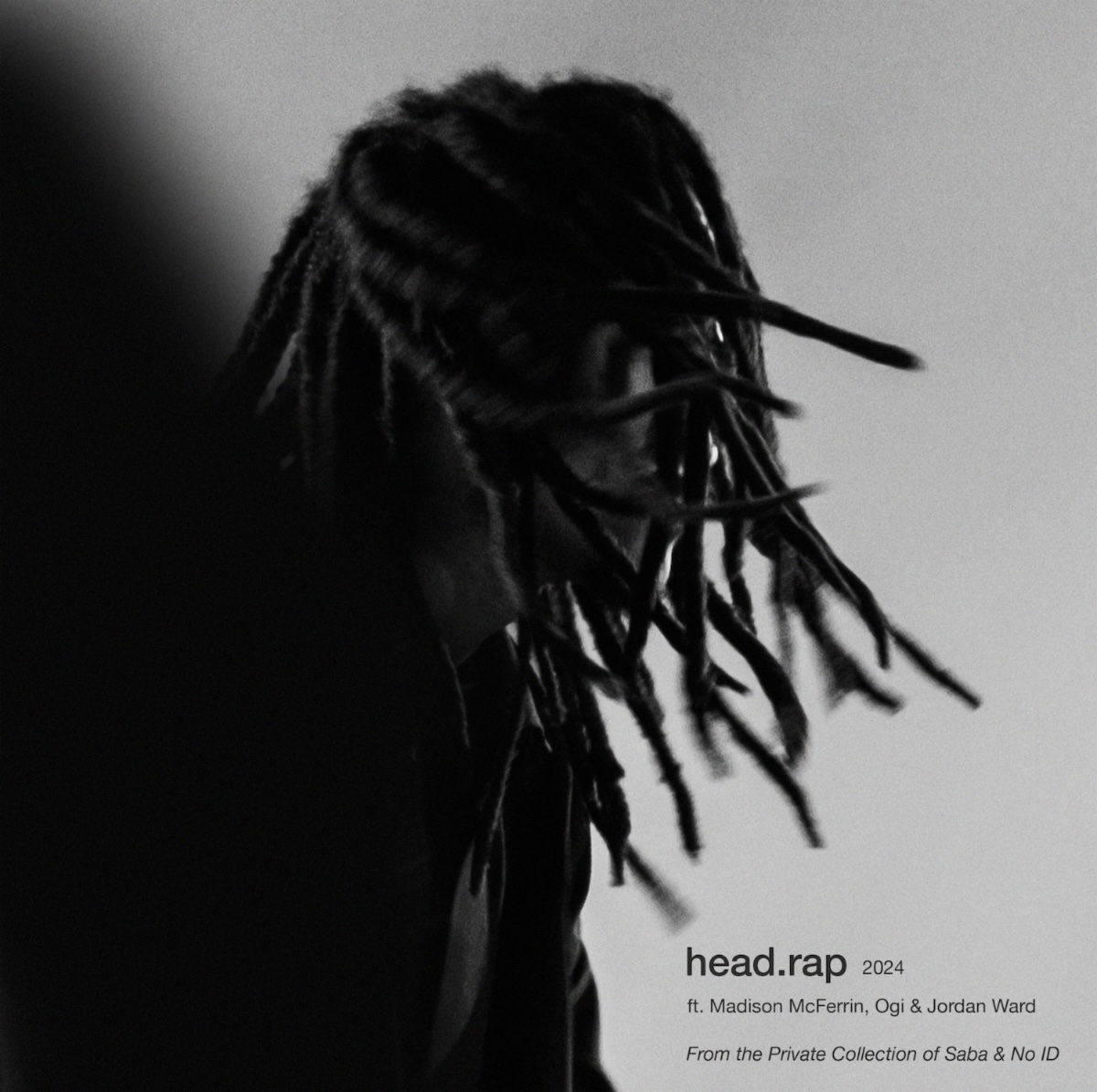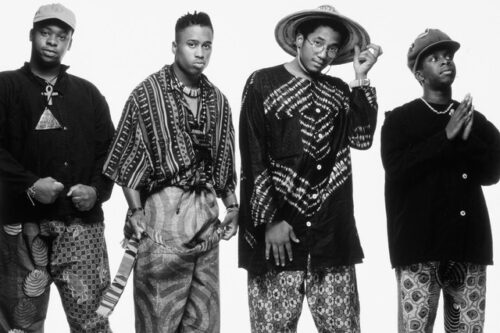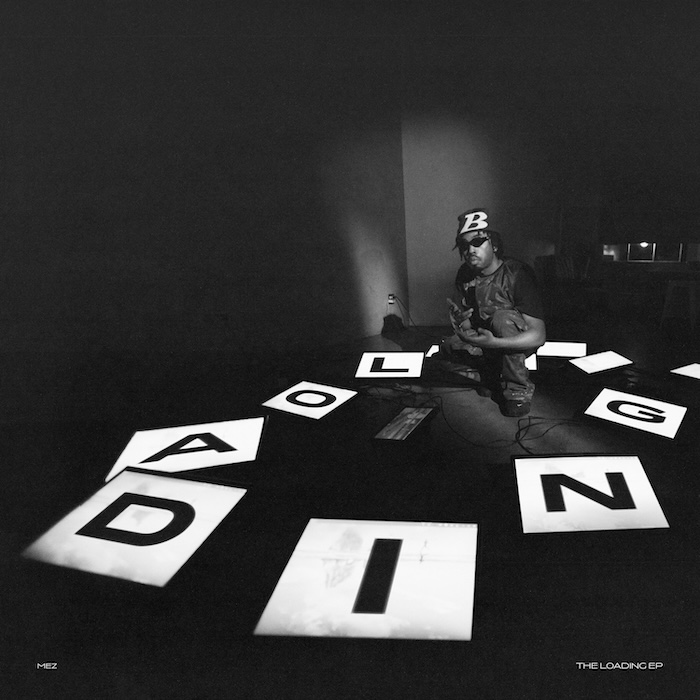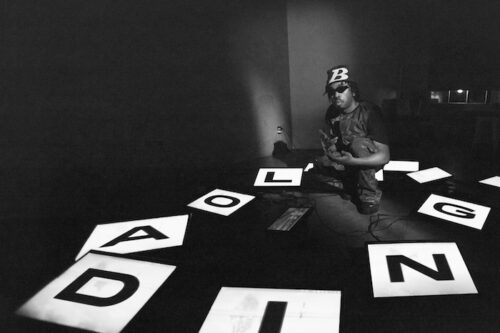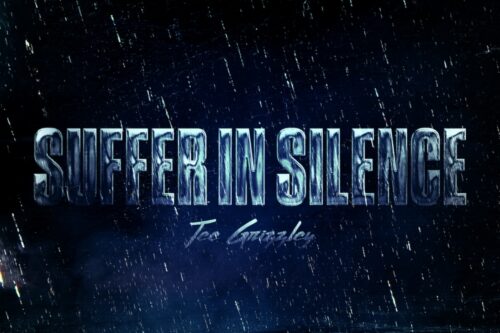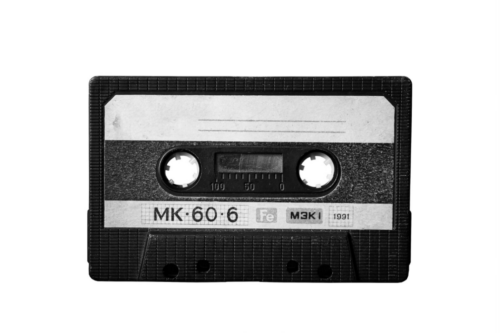
Following directly in the footsteps of his grandfather, the highly-respected Carl Sagan, is Massachusetts producer Tonio Sagan, whose goal is to create mind-altering music while educating listeners of the mysteries that linger in the star-lit skies.
In 1977, Carl Sagan curated the Voyager Golden Record which contained “sounds and images selected to portray the diversity of life and culture on Earth, and are intended for any intelligent extraterrestrial life form, or for future humans, who may find them.”
Among the recordings found on the record are “a variety of natural sounds,” music from “Bach, Mozart, Beethoven, Stravinsky, Guan Pinghu” and “an hour long recording of the brainwaves of Ann Druyan.”
Tonio has decided to follow suit, putting together a selection of sounds under the working title of “Voyager Records: Greetings,” a five-minute project which is set off by a soundbite from “the Secretary-General of the UN.”
Listen to “Voyager Records: Greetings” below and pre-order it on limited-edition 7″ gold vinyl here.
Read an excerpt of an essay Tonio’s father, Dorian penned after the jump and read the entire thing here.
“The Speed of Life
Running is faster than walking, driving faster than biking, and interstellar spacecraft faster then cars and planes. Blasting away from our little yellow star at over 38,000 miles per hour, Voyager 1, with its planetary sample of human music, its interstellar mix and mashup, is, at eleven miles a second, moving away from our sun faster than any other spacecraft known to man. Voyager 2 lags behind—only a couple of light minutes—actually a considerable amount, since that’s about 25 times the distance from the Earth to the sun! Probably unheard yet in space, the Voyager record is gold-plated copper. Voyager 1, launched in 1977, is the farthest human-made object from Earth. A very pure sample of the isotope uranium-238 is electroplated upon the LP’s cover. The thought is that aliens, perhaps far in the future, may be able to use the half-life of that isotope, which is 4.468 billion years, to figure out how long ago lived the organisms that sent it.
Coordinated with neurotransmitters and ion flows, the electrochemical impulses scientists link to thought (such as you reading this) travel at the rather staid rate of 20-30 meters per second. But even the fastest neural impulses, which can reach 200 miles per hour, travel three million times slower than the speed of electricity through a wire. That’s almost (up to 90 percent) the speed of light. It seems incredible, then, that this physical basis of thought, itself way slower than electricity, loses—as does light itself—in a race with the mighty human imagination. Light itself—often identified with God—takes 8 minutes and 20 seconds to reach Earth from the surface of the Sun, some 93 million miles away. And yet you, in a fraction of a second, can imagine standing on its 10,000 degree Fahrenheit surface—ouch! In a twinkle of the eye we can flout time, surpass space.”

